Used Toyota Camry Quick Facts
- The sweet spot for used Camrys is actually two model-year groups: 2002-2006 and 2012-2017.
- The Toyota Camry first went on sale in 1982 as a 1983 model.
- For more than 20 years, the Camry has been America’s best-selling car.
- Among midsize cars, the Camry does the best for retaining value at five years.
Boasting the best-selling car title since 2003, the Toyota Camry has reigned over United States car sales longer than any other model in modern history. Now in its ninth generation, the Camry repeated as sales leader in 2023. This seems only fitting because the origin of the Camry nameplate is the Japanese word for “crown.” Rarely accused of being exciting, the Camry reached this multi-decade sales leader plateau by consistently providing affordable, reliable, comfortable transportation year after year. Since its U.S. introduction as a 1983 model, the Camry has helped solidify Toyota’s reputation as a maker of dependable, long-lasting vehicles. Read on to find out which one is best to buy.
- What Is the Best Model-Year Used Toyota Camry?
- Which Toyota Camry Should You Buy?
- Is the Toyota Camry a Good Car?
- Should You Buy a Used Toyota Camry?
What Is the Best Model-Year Used Camry?
The sweet spot for used Camrys is actually two model-year groups: 2002-2006 and 2012-2017. These years represent when the Camry was relatively trouble-free, and their current prices are affordable enough to serve as a family’s second or even third vehicle.
See Toyota Camry cars for sale near you.
Toyota Camry By Generation: Which Should You Buy?
The Camry has a long history and a progression of generations and models. Here, we offer the changes that differentiate each generation when buying a used Toyota Camry.
Ninth Generation (2025- )
With the ninth Camry generation, Toyota reinforces its commitment to hybrids. Every new Camry derives its thrust from a hybrid drivetrain delivering 225 hp. FWD is the default. However, you can opt for AWD for any grade, which adds a second electric motor to the rear axle while bumping up the horsepower a bit. Helping to maximize fuel efficiency (a mixed-driving fuel economy of 51 mpg in the base LE), a continuously variable automatic transmission (CVT) ushers output to the wheels. Leaning into many of the styling cues found on the Prius, the exterior styling is contemporary and upscale. Toyota updated the suspension, dialing in a higher degree of agility to an already comfy experience. Expanding the new Camry’s standard advanced safety technology to also include blind-spot monitoring, rear cross-traffic alert, and safe exit alert make it among the most comprehensive in its class. Inside, the driver command center provides a 7-inch digital gauge cluster in the lower two trims and a 12.3-inch one in the two upper trims. The standard infotainment touchscreen is eight inches. However, an option in the SE grade and standard for the XLE and XSE grades is a 12.3-inch touchscreen. Including the mandatory factory-to-dealer delivery fee, the base price of the 2025 Toyota Camry is $29,535.
RELATED: Legalities When Buying a Used Car From a Private Seller
See current Toyota Camry cars for sale near you.
Eighth Generation (2018-2024)
In 2017, when Toyota President and CEO Akio Toyoda stated, “No more boring cars,” he wasn’t kidding. The eighth-generation Camry popped out of the gates with some serious personality. Not only is the exterior styling strikingly handsome, but Toyota pumped up the entry-level 4-cylinder and available V6 engines to deliver measurably quicker performance than their predecessors.
Moreover, suspension tuning improved driving dynamics. The eighth generation is also the safest Camry generation, with a bundle of standard advanced safety tech, like automatic cruise control, automatic emergency forward braking with pedestrian detection, and lane-keeping assist. Plan on shelling out $20,000 or more for 2023 and 2024 Camry models. However, if you drop down to 2018 and 2019 used models, you can find prices below $20,000.
See 2018 to 2024 Toyota Camry cars for sale near you.
Seventh Generation (2012-2017)
The biggest news for the redesigned 2012 Camry was what was missing rather than what was new: a manual transmission. Yep, the manual disappeared. Although the new exterior styling provided more personality than usual, the powertrains remained unchanged. The efficiency of the hybrid got a boost, but that was about it. One significant seventh-gen introduction was Toyota’s Entune infotainment system interface. A midcycle update for 2015 further enhanced the exterior styling. The new XSE trim turned up the styling heat even more. Find a low mileage seventh-gen Camry in good shape and expect to pay $21,000. However, with average miles and fair condition, the seventh-gen fetches $12,000-$18,000.
See 2012 to 2017 Toyota Camry cars for sale near you.
Sixth Generation (2007-2011)
Bigger and better equipped than the previous generation, the sixth-gen Camry brought a slightly more powerful 4-cylinder engine and a significantly more robust V6. Gone was the Solara; however, a hybrid joined the Camry lineup. Toyota continued relying on Camry’s reputation for reliability and comfort to drive its sales. Although its exterior was more stylistic than previous Camry models, you’d have to opt for the SE trim to get a look that gets you noticed. A mild freshening in 2010 spruced up the nose and tail. Taller shoppers should appreciate the greater driver’s seat travel built into this iteration. Getting a sixth-gen Camry with low mileage and above-average condition can cost as much as $13,000. Otherwise, with average miles and in fair condition, expect to pay $6,000-$11,000.
NOTE: See the fourth-generation note. Also, this generation faced issues with extreme oil consumption, particularly from 2007 to 2009. Moreover, this was the generation with unintended acceleration issues that the government determined were driver errors.
See 2007 to 2011 Toyota Camry cars near you.
Fifth Generation (2002-2006)
Longer and taller than the Camry it replaced, the fifth generation gained a slightly more potent 4-cylinder engine, while the V6 was unchanged. Toyota updated the Solara in 2004 with styling that even further differentiated it from the sedan. Toyota also reintroduced the sportier-appearing SE trim. The year 2002 also marked the Camry’s first time as an Insurance Institute for Highway Safety (IIHS) “Best Pick.” Finding a low-mileage fifth-gen Camry in good condition can set you back as much as $10,000. Checking out the prices for models with average mileage in fair condition, we found advertised prices hovering between $5,500 and $8,500.
NOTE: See the fourth-generation note.
See 2002 to 2006 Toyota Camry cars for sale near you.
Fourth Generation (1997-2001)
Toyota terminated the coupe and wagon models for 1997. Enjoying another growth spurt, the fourth generation Camry perched on a wheelbase longer by two inches. A somewhat raked face up front and squared-off tail did little to enhance the visual appeal of this sedan. However, Camry’s reputation continued to rise. This generation (1997) marked Camry’s ascension to the top-selling car in the U.S., which it held on and off for years. Toyota carried over the 4-cylinder and V6 engines from the previous generation. In 1999, the 2-door coupe (and convertible in 2000) version armed with the V6 returned as the Camry Solara. A low-mileage fourth-gen Camry in good shape can fetch up to $9,000. With average mileage and in fair shape, a Camry from this generation will set you back between $3,500 and $6,000.
NOTE: Some owners reported 2001 Camry issues, including a software glitch causing the automatic transmission to hesitate during acceleration. This issue persisted into the sixth generation.
See 1997 to 2001Toyota Camry cars for sale near you.
Third Generation (1992-1996)
The Camry morphed from a compact to a midsize sedan with the 1992 redesign. Not only bigger (roughly six inches longer and two inches wider) but more sophisticated in its exterior styling, this Camry set the styling stage for the next 20 years. (It also served as the foundation for the Lexus ES.) Two new engines (a 136-hp 4-cylinder and a 185-hp V6) powered the Camry through a 4-speed automatic transmission. In 1994, Toyota added a 2-door coupe as a third body style. Buying a third-gen Camry in average-to-good condition will cost you roughly $3,100-$6,000.
Note: Some 1992 models with the V6 suffered transmission-shifting issues.
See 1992 to 1996 Toyota Camry cars for sale near you.
Second Generation (1987-1991)
With a new exterior design that seemed more streamlined than the original’s shape, the 1987 Camry dumped the diesel but offered a 153-hp V6 engine option. Its two 4-cylinder gas engines remained the same. Also disappearing from the Camry lineup was the hatchback. This generation offered a more spacious cabin; furthermore, Toyota introduced a wagon and its All-Trac all-wheel-drive (AWD) system. Toyota opened a new assembly plant in Kentucky and began building Camry models there in 1988. If you can find one, it’s possible to pick up a second-gen Toyota in decent shape for $2,200 to $5,000.
RELATED: What Is More Important When Buying a Used Car: Miles or Age?
See 1987 to 1991 Toyota Camry cars for sale near you.
First Generation (1983-1986)
Toyota launched the Camry to replace the compact Corona in the U.S. However, unlike the rear-wheel-drive Corona, the Camry was front-wheel drive (FWD). Engineered for what its Japanese creators believed were American tastes, it was bigger and more powerful than what the Japanese market found acceptable. Its base 4-cylinder engine generated 92 horsepower via a 5-speed manual transmission (or an optional 4-speed automatic) and delivered estimated mileage in mixed city-and-highway driving of around 32 mpg with the manual transmission. Among the two optional engines were a higher-displacement 4-cylinder (130 hp) and a turbodiesel. Toyota offered the Camry as a 5-door hatchback or a squared-off 4-door sedan.
While not a stirring sight, the sedan offered an interior space on par with General Motors’ X-cars, like the Pontiac Phoenix and Chevrolet Citation. When you can find first-gen models in decent shape, expect the pricing to be between $2,500 and $7,000.
See 1983 to 1986 Toyota Camry cars for sale near you.
Is the Toyota Camry a Good Car?
Through the decades, Toyota has refined and fine-tuned the Camry, elevating it to the top tier of midsize cars. Never flashy or over the top, it has simply been solid, safe transportation generation after generation and year after year. We’d argue that the Camry remains so popular because, among other reasons, Toyota usually provides a fuel-efficient 4-cylinder and a more powerful V6 to accommodate various needs and tastes. First introducing a hybrid in 2007, Toyota added an even more fuel-stingy Camry to the mix.
Being the best-selling car for years on end translates into millions of Camry cars on the road. During its 40 years of production, the Camry has had a hiccup or two along the way. Some recalls have been required to address issues here or there. Before buying any used car, we recommend using the vehicle’s VIN to check with the National Highway Traffic Safety Administration (NHTSA) to ensure it doesn’t have an outstanding recall.
Although the Honda Accord retains its value virtually as well as the Toyota Camry, at the end of five years, the Camry tops the midsize sedan segment for holding value. That is, its resale value is strong compared to its selling price when new. This isn’t great news for those shopping for a used Camry; however, it’s more evidence that Camry models are reliable.
How Much Is a Used Toyota Camry?
Of course, used Camry prices depend on the model year, condition, and mileage, but you can find early first-generation models in fair condition for under $2,500. We like the seventh-generation model years (2012-2017) for their reasonable average pricing of $14,000-$17,000.
How Long Does a Camry Last?
As with many cars, the Camry can last a long time and hundreds of thousands of miles. In an August 2023 report, Consumer Reports chose the Toyota Camry as the No. 1 pick for cars that can last 200,000 miles or more.
RELATED: Buying a Used Car: What Does ‘As Is’ Mean?
What Are the Most Reliable Years for a Toyota Camry?
Despite the transmission issue experienced by some owners, we like the fifth-generation Camry models (2002-2006) because they are remarkably affordable. When carefully maintained, these models will run for hundreds of thousands of miles. They are comfortable and fairly well-equipped for their time.
What Are the Worst Years for Toyota Camry?
We’re not positive there is such a thing as a Camry model year to avoid completely. If forced to make such a pick, we’d probably steer clear of the sixth-generation models, particularly 2007-2009. These were perhaps the Camry’s most troublesome years.
Should You Buy a Used Toyota Camry?
Far be it from us to tell you what to do; however, that’s why you are reading this, right? So, here goes. Our general answer is yes! The Toyota Camry is a solid pick among midsize sedans when shopping for a used model. Its reputation for reliability is well-earned. Of course, there are always exceptions, but if you do your research and due diligence, you can’t do much better than a used Camry.

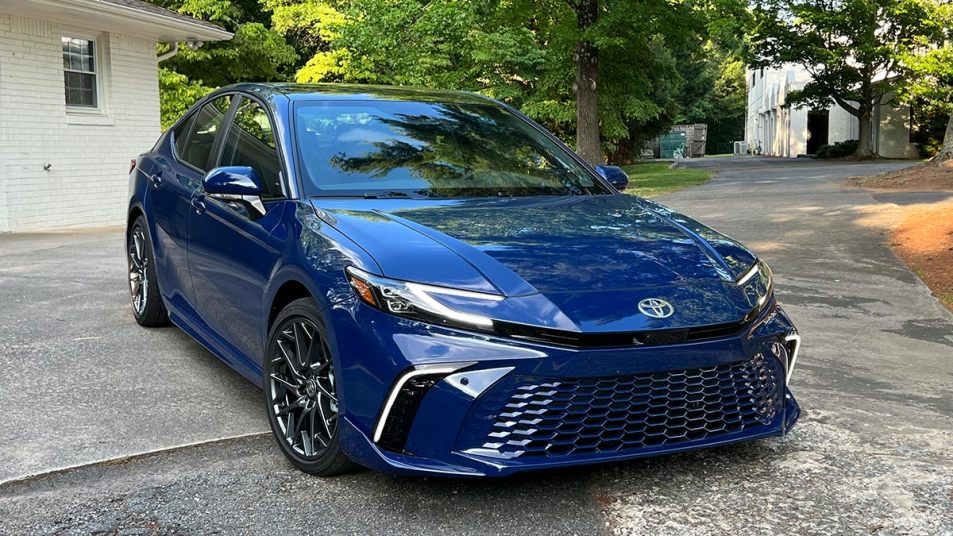
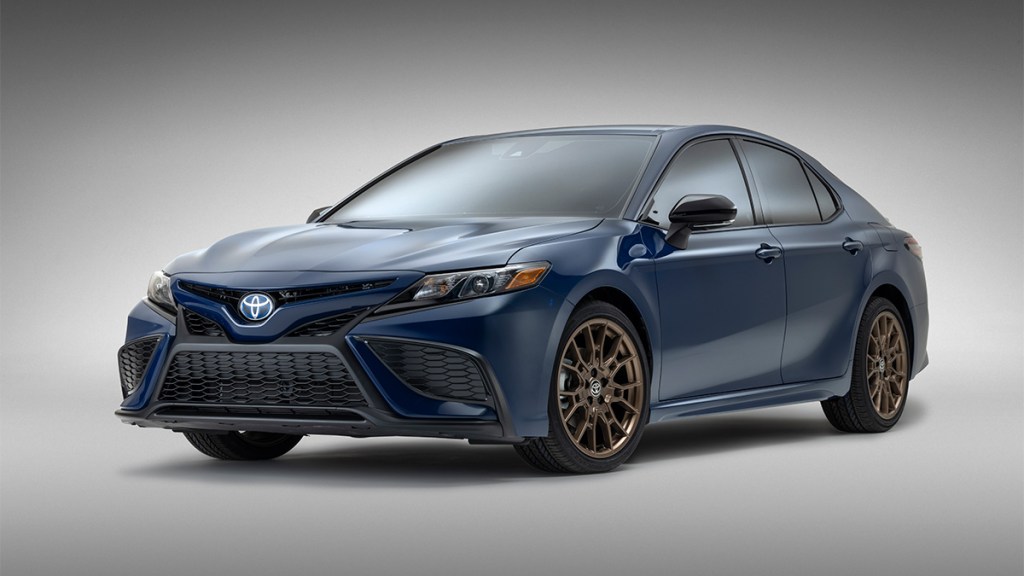

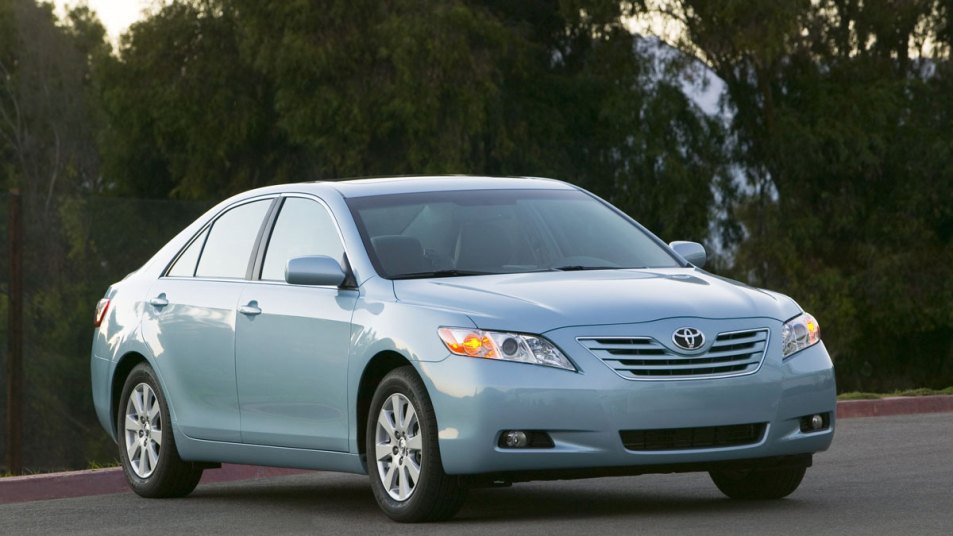
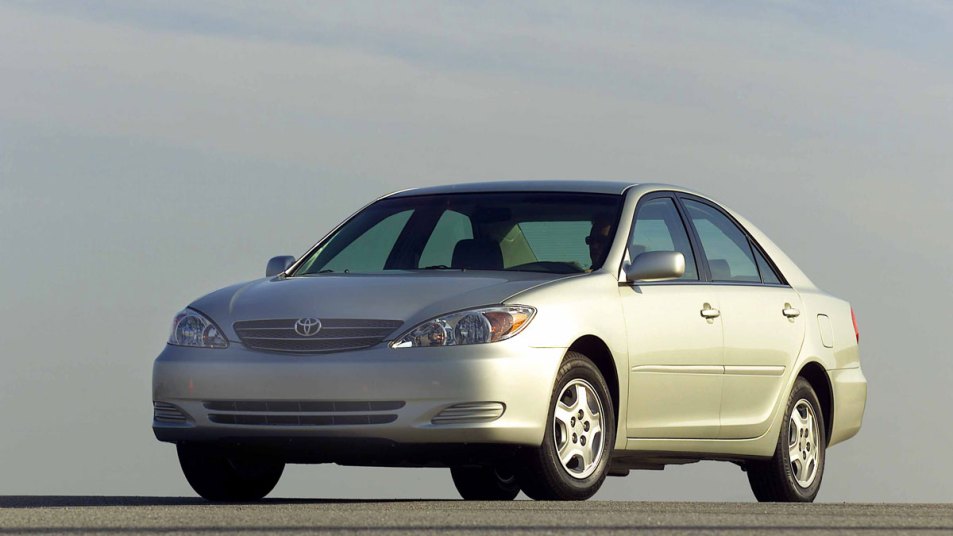
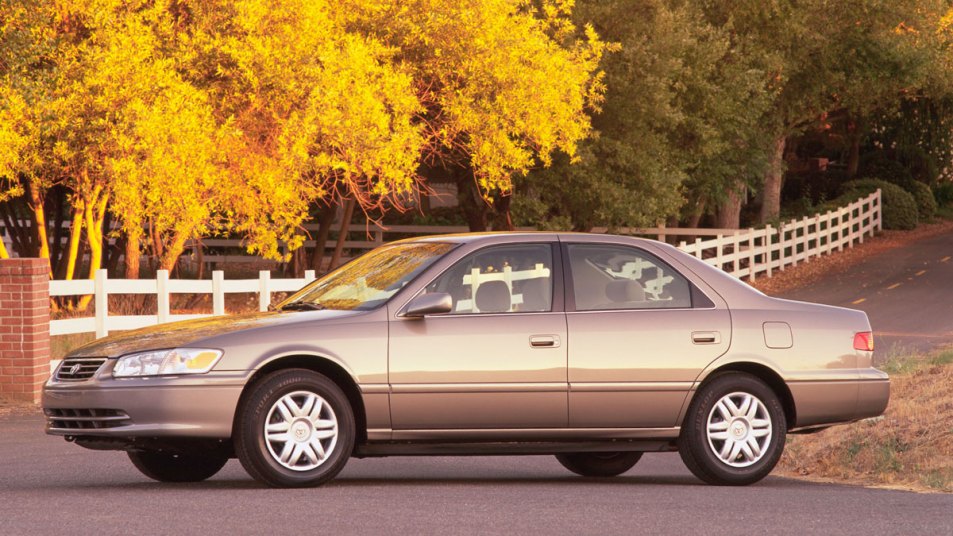
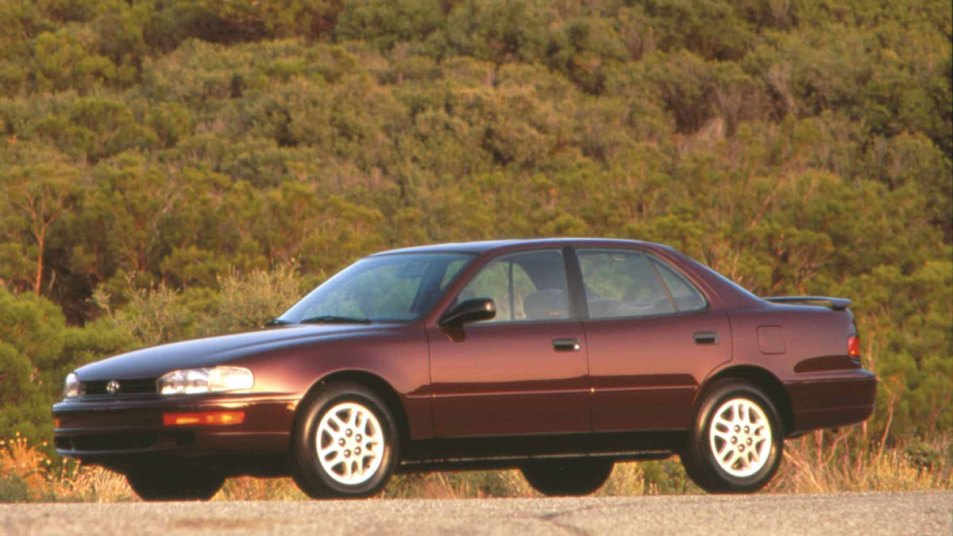
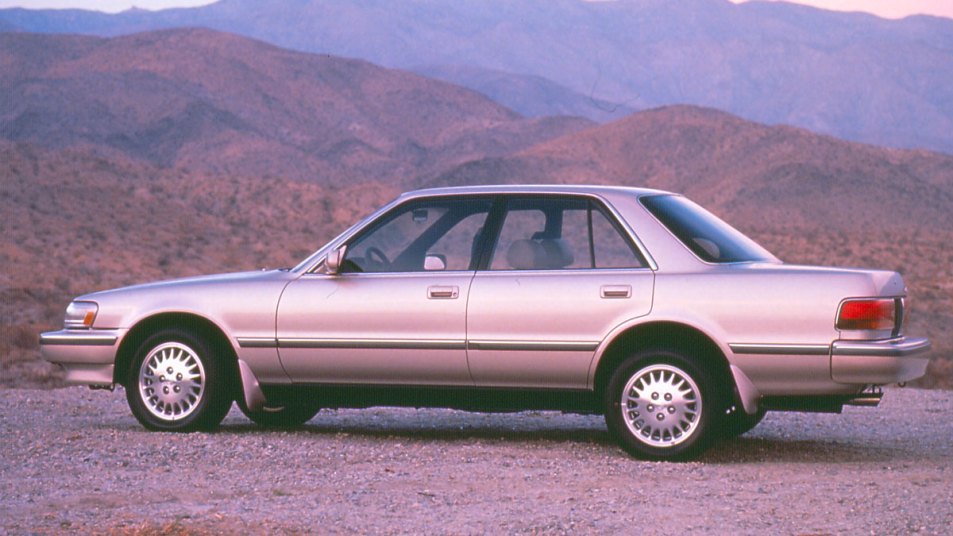
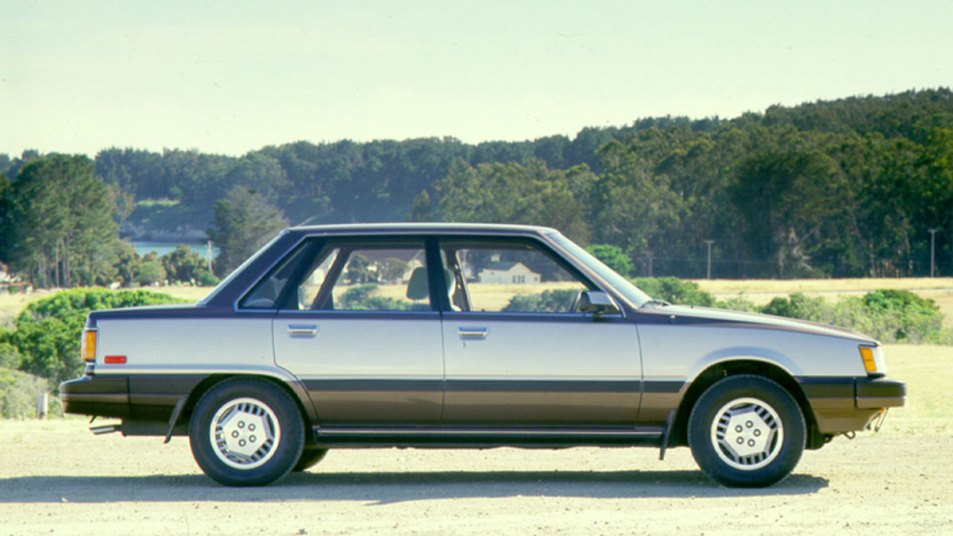










I have a used 1994 Toyota Camry with over 340,000 the odometer does not work. I’ve been running it over two years and it still runs good and gets me to where I need to go. Am very happy with my Toyota.